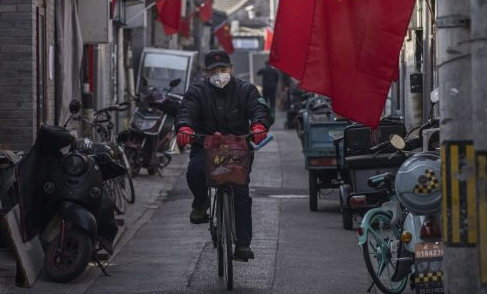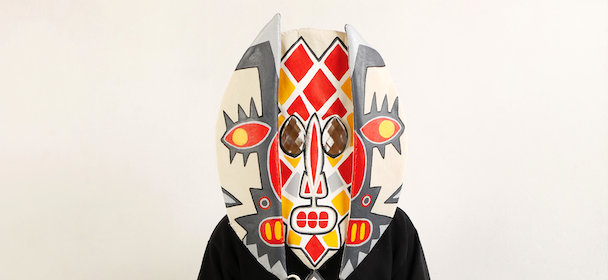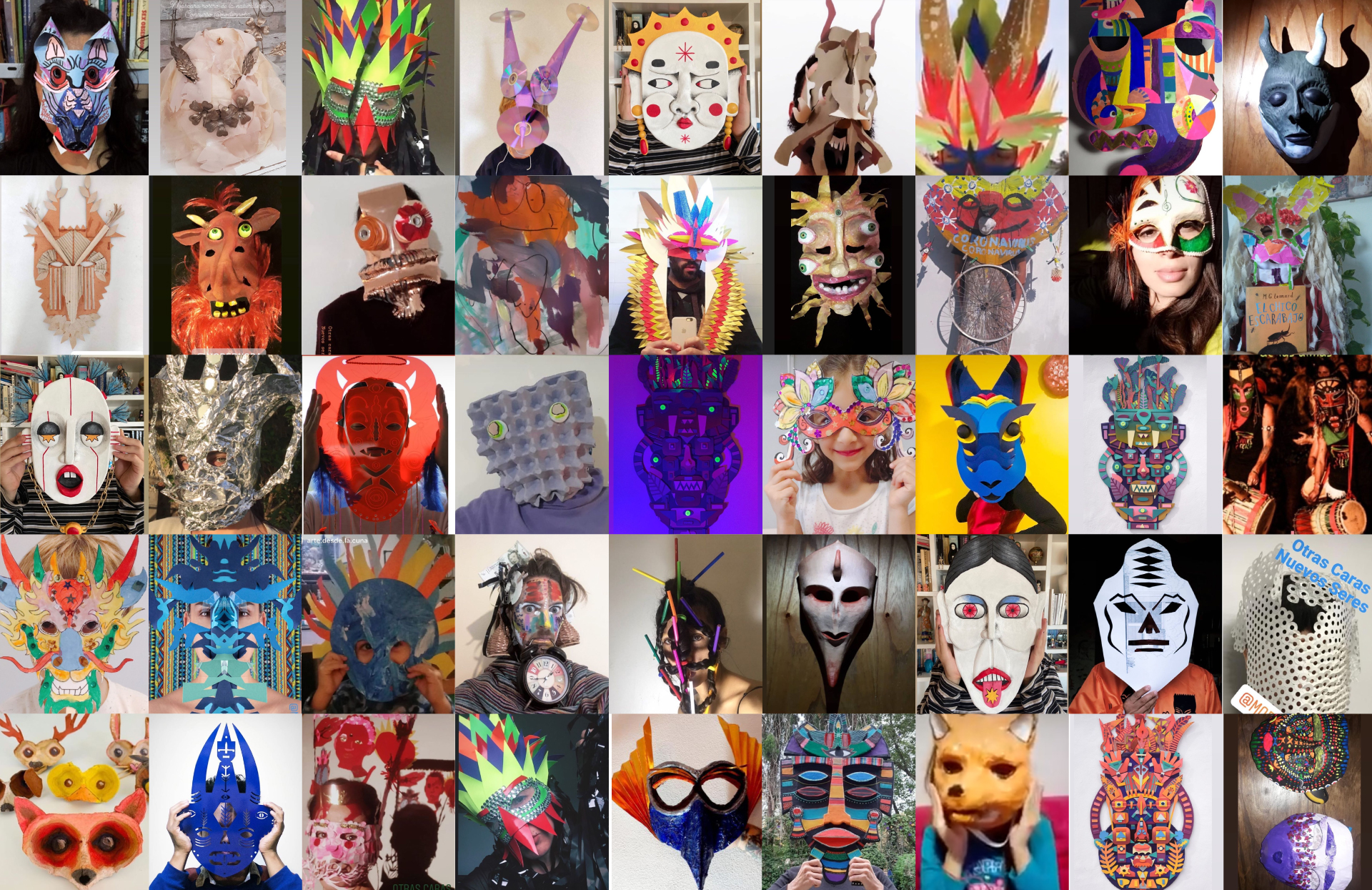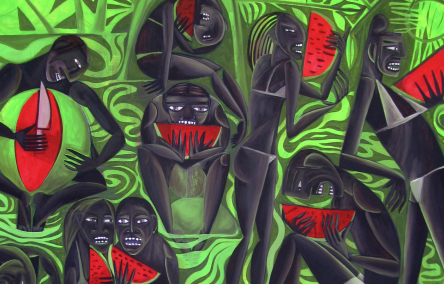It is known that it was the more than 1.5 billion daily international transfers that were made in the world that allowed, among other things, that a microscopic virus became a fearsome pandemic. Who would have thought that travel, the ability to move and transport, would become a contemporary sin? In this conversation, the filmmaker Mariano Llinás and the architectural historian Graciela Silvestri will comment on the stories of illustrious travelers, fantastic journeys and historical journeys to unravel how travel, civilization, nature, security and plague are intertwined and thought from a common setting: the city. But how does the pandemic create an imagination of the future outside the cities?
A documentary video about the expeditions and research undertaken by Tomás Saraceno for his exhibition “Tomás Saraceno: How to Catch the Universe in a Spider Web” which was held at the Museo Moderno between 7 April, 2017 and 19 March, 2018, featuring teams from the Studio Tomás Saraceno in Berlin, the Museo Moderno and the Bernardino Rivadavia Museum of Natural Sciences in Buenos Aires, as well as 7000 Parawixia bistriata, social spiders native to Argentina who lived in the museum’s galleries for 6 months before the exhibition opened.
Find out more about this project in http://www.arachnophilia.net
Video credits:
Director: Maximiliano Laina. Photography Director: Alejandro Ortigueira. Editor: Gabriela Sorbi. Camera operators: Alejandro Ortigueira, Maximiliano Laina, Adrián Lersch Krell, Tomás Saraceno, Severio Cantoni. Music: Martín Torres Manzur. Voiceover: Sofía Lemus.
Every year since 1992, Florencia Bohtlingk has headed to the settlement of La Flor in the middle of the Misiones jungle to recharge her batteries. There, she studies the movements of local residents of different nationalities: human bodies emerging from the jungle to settle in new but also familiar territory. La boca del Infierno (The Mouth of Hell, 2019) depicts this movement. It is an artwork that shows us that in the lush undergrowth everything is alive and all that life is part of the same flow. Every creature interacts with each other like the dance of a body made up of thousands of different organisms. Within that complex ecosystem the wave of human migration is coloured red by the earth, adopts the snaking form of the river and mingles with families of parakeets, monkeys and plants. In the green chaos of the jungle, everything overlaps and links together and there is no sense of hierarchy between figure and backdrop, just different scales that elude attempts to focus on one alone. The immense painting demonstrates that the jungle should not merely be seen from the outside but rather experienced from within through a body that is also part of a greater whole, one that is always changing, that possesses independent organs, that is sometimes abstract and sometimes blurred, occasionally coming into sharp focus for a moment before disappearing into its camouflage once more.
The artwork we have chosen this week depicts a very relevant symbiosis between society and nature in which both are demonstrably part of a single universe. If there is something we can learn – or remember – from the coronavirus crisis it is that our skin is more porous, vast and permeable than we think. Today more than ever we understand that the earth is a complex network of interdependent organisms and that the interspecies movement of the virus, the impact of its mutations and its aggressive nature are directly related to the climate crisis, exploitation of natural resources, the agricultural industry and other disruptions to the natural equilibrium in the Anthropocene era. If we tried viewing the atmosphere as a skin protecting a single, interdependent organism we might start to look at things on a more expansive scale and begin to see how human beings act similarly to a virus, raising the earth’s temperature as though it had a fever, eating away at the Amazon like a giant pair of lungs. Wartime metaphors that treat the current threat as an external enemy overlook the socio-environmental causes of the pandemic, which are very much the work of humanity. What if we began to realize that we are the enemy? Might it be a start along the path to a better future?
This week, from the Modern Museum we propose to think of the human being without separate it from nature: in the network of species in which we are immersed and in the

Florencia Bohtlingk (1966)
La boca del infierno, 2019
Acrílico y óleo sobre tela
230 x 630 cm
Colección Museo de Arte Moderno de Buenos Aires
(Adquisición Comité de Adquisiciones 2019)
This week at the Museo Moderno we present a view of humanity as an inextricable part of nature: a link in a chain of species that must be regarded as an interdependent organism. Recently, many of us have watched videos of a pair of condors squabbling with three poodles in the window of a skyscraper, guanacos wandering the beaches of Puerto Pirámides, a family of coypu take over Tigre station, a swamp deer walking stealthily through an abandoned leisure area on the Río Capitán and a massive Monarch butterfly interrupt a teleconference in Almagro. We have been witnessing the two sides of this quarantine: while human beings stay at home, nature is revived. We might be amazed by how quickly wild animals recover and how starkly this exposes what we have done to our ecosystems. What are the ethical, legal and biological limits that should exist between civilization and nature, animals and humans? How should we coexist? Could we use this pandemic to find new ways of living together?



Fila 1: @titihoon, @cristina.siete, @bonnieparkerispink, @infantarte, @tomipomo, @durnzno, @ojosconpatas, @yaya_yuyu08, @quierovivirdelarte
Fila 2: @infantarte, @lean_guccione, @oribedelrocio, @chicosalarte, @ojosconpatas, @lean_guccione, @mi.guelangel9656, @til.cervantes, @samantha.enz
Fila 3: @tomipomo, @concepcioncovello, @frank.xarate, @oribedelrocio, @tekazthg, @clofont1983, @ornegrecco, @tekazthg, @preketeke
Fila 4: @clofont1983, @lavanoni, @arte.desde.la.cuna, @emiliobidegain, @camillesgram, @quierovivirdelarte, @tomipomo, @frank.xarate, @tiraboschilorena
Fila 5: @chicosalarte, @frank.xarate, @rara_avis_azul, @bonnieparkerispink, @paulaalbasetti, @letiprone, @obregonmarisa, @tekazthg, @belen_arte_
